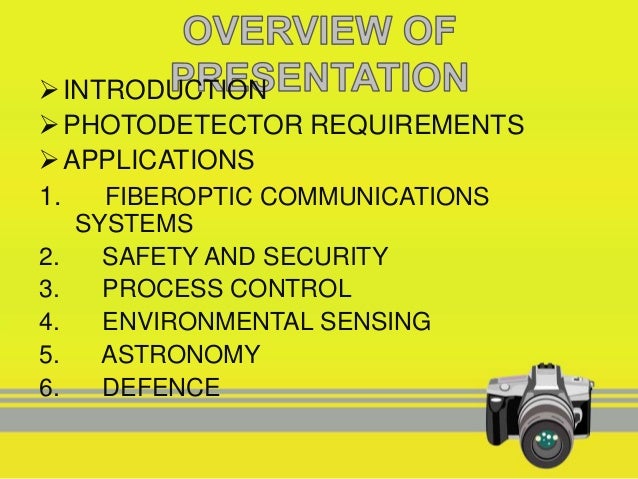
So check that the track is using materials which have good contrast to your sensors. Black paper, some black paint and some black tape reflects IR light surprisingly well, and looks 'white' in IR light. Line follower tracks are often made with a black background and white line, or white with black tape. It is possible to get slightly better performance by making sure the LED/emitter and sensor are matched, usually you can get a good match just by getting parts with very similar peak wavelength. There are other things to consider with a line follower. This might provide enough power to work well using visible light (red) LEDs and sensors.

You'll need some extra circuitry, for example a bipolar or MOSFET transistor to do this as it'll likely be well beyond the current rating of the Arduino.

sheet for the IR LED, it'll give a value for the maximum pulse current, whicn may be as much as 10x more than the continuous current. You can make the illuminated measurement more effective by 'pulsing' a very high current through the IR LED (for a short time). A search should find good values for 'voltage divider' resistor.Īs Chris Stratton explained, you can take ADC measurements from the same sensor, one illuminated by an IR LED/emitter and the other measurement without IR illumination, then subtract to get the difference. To emphasise WhatRoughBeast's point, that infra-red and 'daylight' phototransistors are usually the same active, semiconductor, component embedded into plastic with daylight transparent or daylight filtering, these two phototransistors a SFH 300 and a SFH 300 FA have an almost identical specification.īoth types are compatible with an Arduino.


 0 kommentar(er)
0 kommentar(er)
